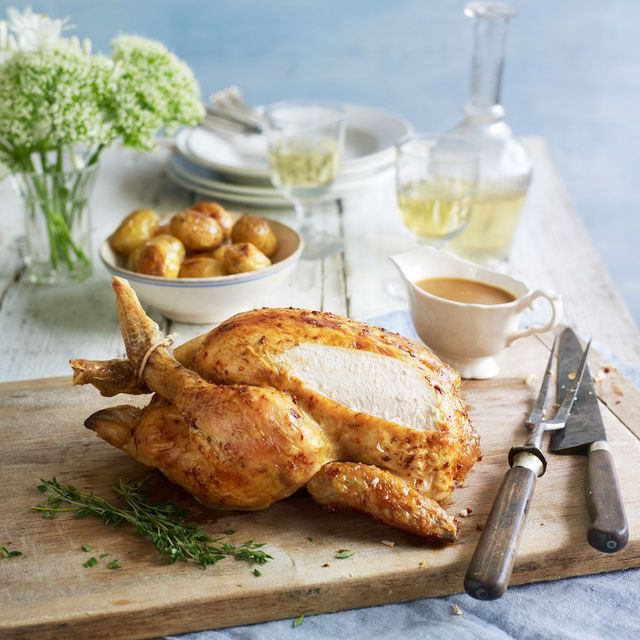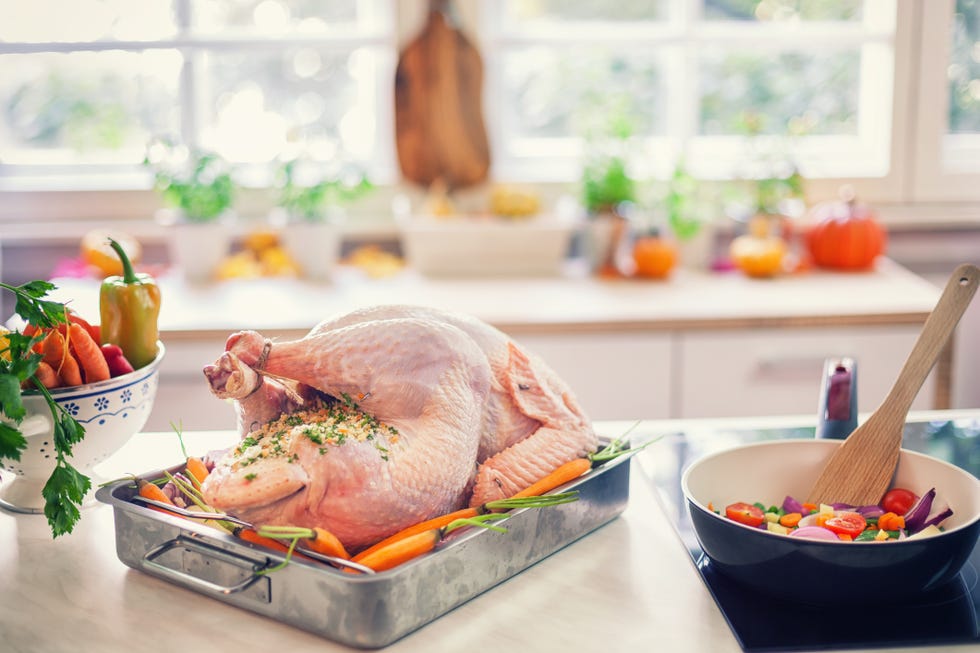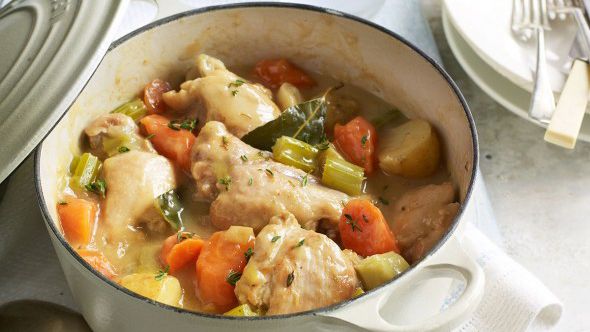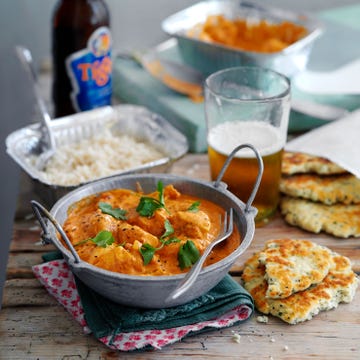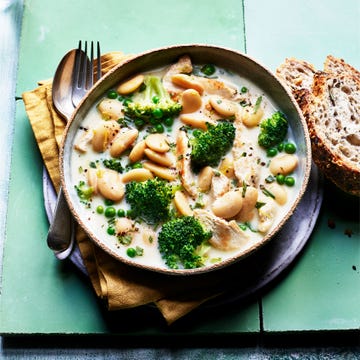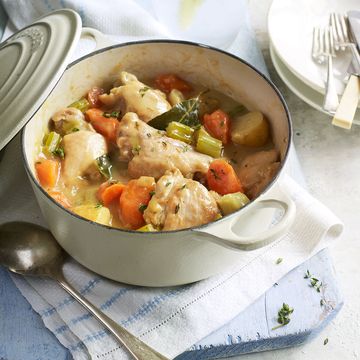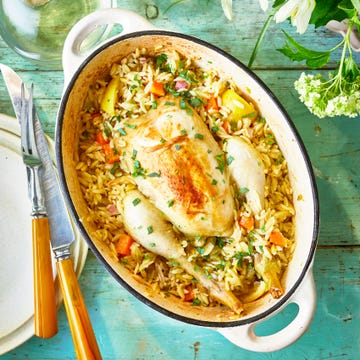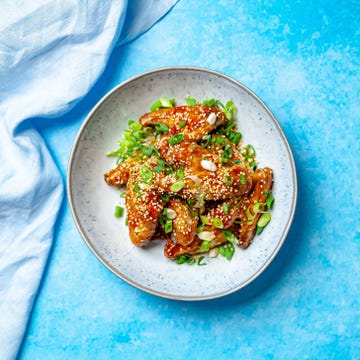Nothing beats a perfectly cooked roast chicken and making this classic dish is something all home cooks should know how to do - but are you making it the best it can be?
Despite being a relatively easy thing to make in the kitchen, there is a method to cooking it perfectly. Our cookery team have shared their top tips to ensure your next roast chicken is the best you've ever cooked.
Preparing your chicken
The first rule is to buy the best bird you can afford. The higher the quality of the chicken you purchase, the better the flavour and texture will be!
What to read next
Once you've got your chicken ensure it is properly prepped. Take it out of the fridge 30min-1hr before roasting to allow it to come up to room temperature, then pat the skin dry with kitchen paper. Never wash raw chicken.
It's also important to check there's no plastic bag of giblets in the cavity, remove them if there is and you can use these for gravy if you like.
How to add flavourings to your roast chicken?
Moving on to flavouring your chicken. You can be as creative, or as simple as you like. For us, we love to rub the skin with a mix of softened butter or extra virgin olive oil, lemon zest and plenty of salt and pepper. A sliced lemon, some thyme and parsley added to the cavity adds extra flavour, too.
What is the best temperature to roast a chicken?
The best temperature to roast your chicken, and to ensure you get succulent meat with crispy skin, is in a hot oven. We go for 200°C (180°C fan or gas mark 6) and roast until the skin is crispy and the juices run clear when the thickest part of the bird is skewered.
How long to roast a chicken?
As a general guide, a chicken takes around 1 hour per kg to cook, so a 1.5kg bird takes roughly 1hr 30min at 200°C (180°C fan) mark 6.
The roasting tin you use should be just larger than the bird, if it's too big the ingredients around the bird might burn. And if you're wanting to make gravy in the tin, ensure the tin is hob-safe, too.
Our experts love to make a trivet in the roasting tin using sliced onions, carrots and celery. If you're not fussed by crispy skin you can cover the tin with foil for the first half of cooking time, to create a steamier atmosphere, which will result in a juicier bird. Remove the foil for the last half of the total cooking time, basting the chicken with the juices before you return it to the oven.
Once your chicken is cooked
This step is often overlooked, but it's vital that you let your bird rest for at least 20min after roasting, ideally somewhere warm to keep the skin crispy. We wouldn't recommend covering with foil as it rests, as this will make it act like a mini oven, and the retained heat will continue to cook the chicken, and dry it out.
Once your bird is carved and served, you can also freeze the carcass for a later date to make stock.
And if you have any leftovers, we have a bunch of leftover chicken recipes you can make with it from chicken club sandwiches for next day's lunch to a tasty chicken and asparagus pie.
So next time you find yourself cooking a roast dinner, follow the tips above and you'll have the tastiest bird you've ever made.
A crack team of highly skilled food content producers, the GH Kitchen Team are Good Housekeeping’s resident recipe developers and all-round food obsessives. GH Kitchen Director Sarah Akhurst is our resident hosting pro and loves nothing more than putting on a foodie feast for friends. Senior Cookery Writer Alice Shields is a former pastry chef and baking fanatic who loves making bread and would have peanut butter with everything if she could. Lover of all things savoury, Senior Cookery Writer Grace Evans can be found eating nocellara olives at every opportunity, and will take the cheeseboard over dessert any time. With a wealth of professional kitchen experience between them, they’re dedicated to ensuring every Good Housekeeping recipe is the best it can be, so you can trust they’ll work every single time.
